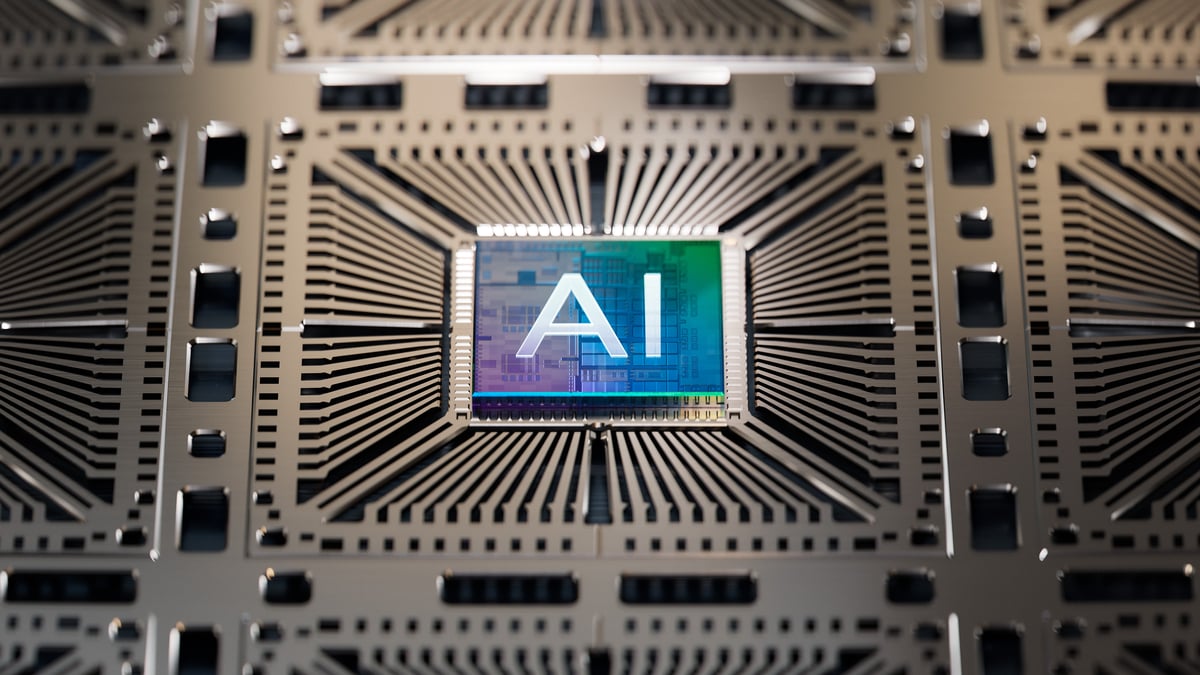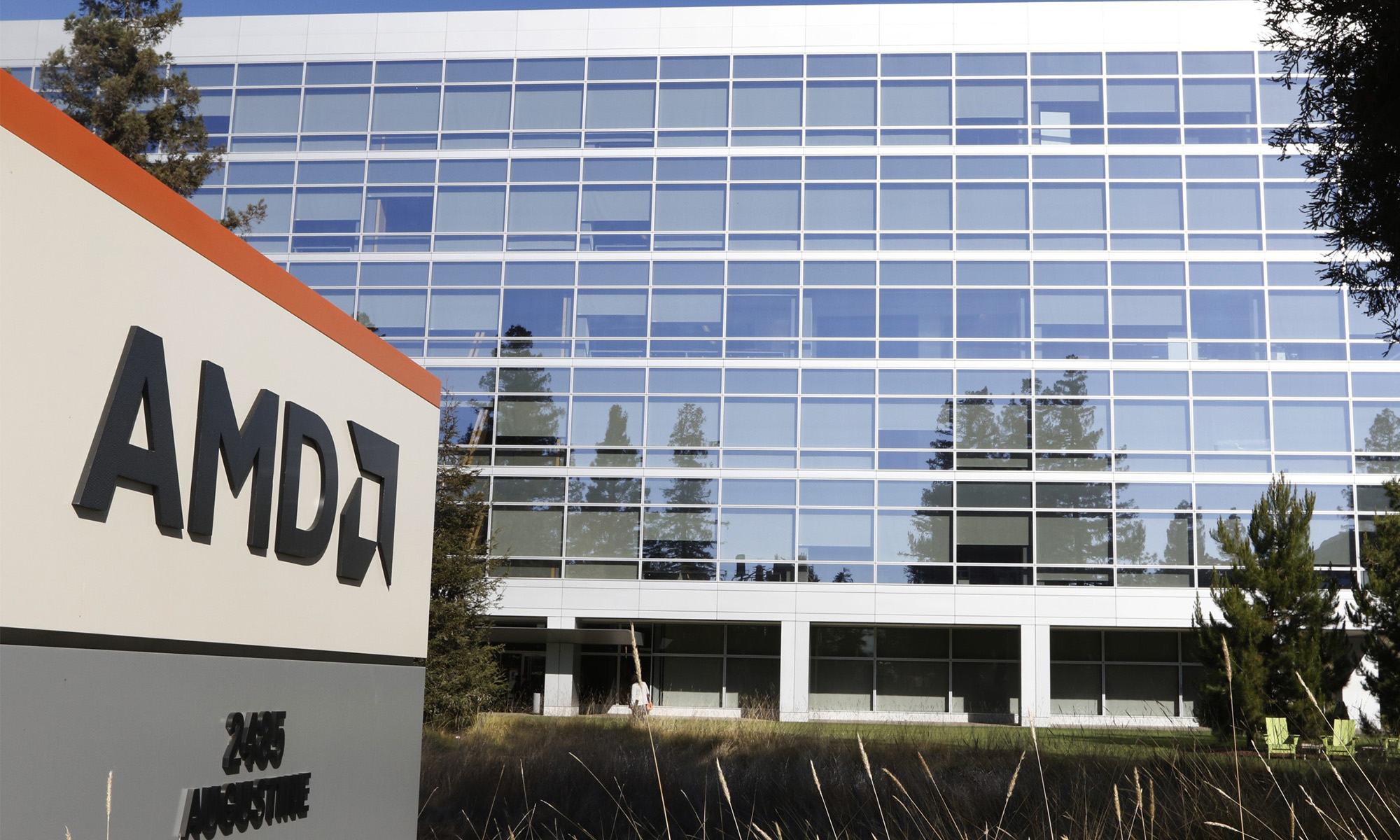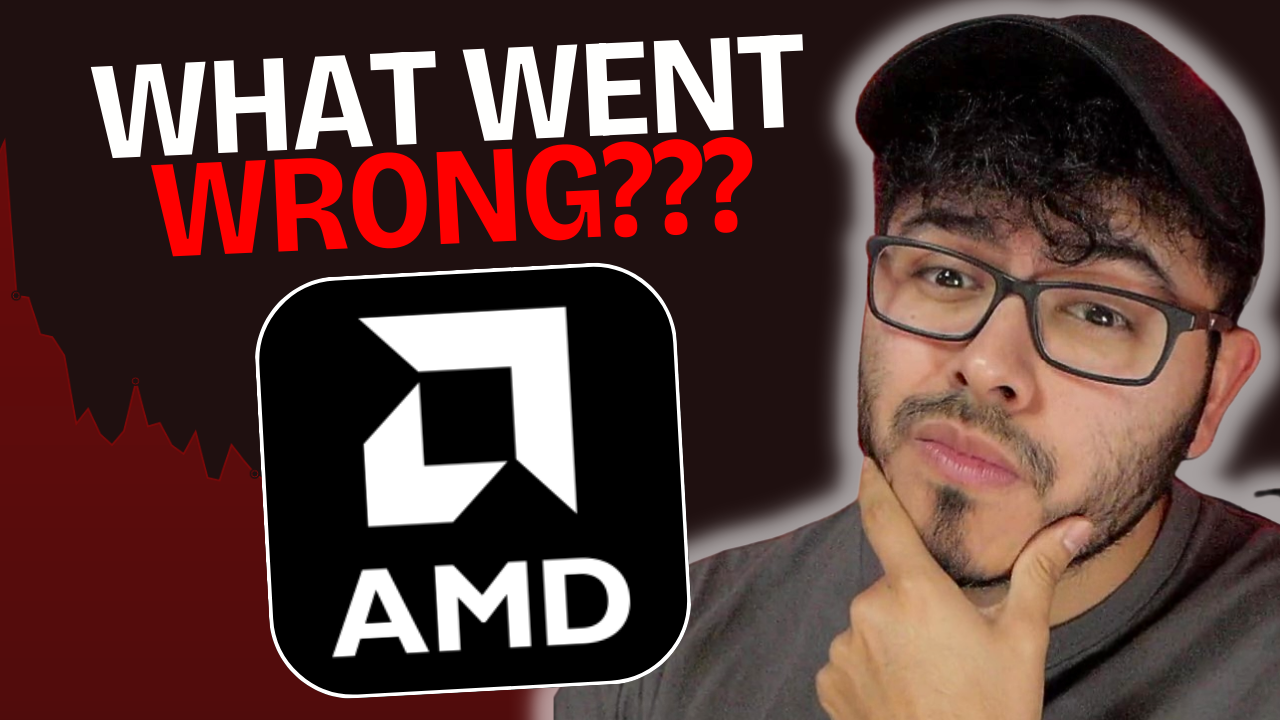Advanced Micro Devices (AMD +2.25%) reported another big loss in the third quarter as it wrote down inventory and sold assets into a joint venture in an effort to raise cash. The company did manage higher revenue than its previous guidance called for, posting 13% revenue growth compared to the second quarter, but profitability continues to be a struggle. Here's what investors need to know about AMD's third-quarter results, which were released Thursday.
A look at the numbers
AMD reported quarterly revenue of $1.06 billion, down 26% year over year, but up 13% sequentially. AMD's previous guidance for revenue was for a sequential increase of 6%, so on that front, AMD performed better than expected. The computing and graphics segment, which includes PC processors and GPUs, posted $424 million of revenue, down 46% year over year, but up about 12% sequentially. AMD pointed to higher sales of desktop processors and GPUs as the drivers behind the quarter-to-quarter growth.
Revenue from the enterprise, embedded, and semi-custom segment declined by 1.7% year over year, but grew sequentially by 13%. Sales of semi-custom SoCs for the major game consoles peaked for AMD in the third quarter as inventory is built up for the holidays, so the sequential increase in revenue shouldn't be a surprise. In 2014, revenue in the segment slumped during the fourth quarter, and this will likely occur again this year.
Turning to profits, AMD reported a GAAP loss of $197 million, or $0.25 per share, compared to a loss of $0.23 per share during the second quarter and a profit of $0.02 per share during the third quarter of 2014. On a non-GAAP basis, the loss was a smaller $0.17 per share, flat compared to the second quarter. Analysts were expecting a non-GAAP loss of just $0.12 per share, although excluding an inventory writedown, AMD managed to beat that estimate.
Both GAAP and non-GAAP numbers include a $65 million inventory writedown, which had a negative impact of $0.08 per share. The writedown was due to lower anticipated demand for older APUs, marking the second time in the past year that the company was forced to write down APU inventory. I suggested that an inventory writedown may be coming when I reported on AMD's second-quarter results.
AMD expects its revenue to decline by 10% sequentially during the fourth quarter, which would put revenue at about $954 million. This would represent a 23% year-over-year decline.
Raising cash with a joint venture
I suggested in my AMD earnings preview that it was likely that AMD would announce some sort of strategic move, and it turns out that I was right. AMD announced that it is forming a joint venture with Nantong Fujitsu Microelectronics, with the JV responsible for semiconductor assembly and testing. AMD is contributing its Penang and Suzhou assembly and test facilities, which includes 1,700 employees, and AMD will receive $320 million, net of expenses, from Nantong, as well as a 15% stake in the JV.
AMD expects this move to be cost neutral while significantly reducing the company's capital expenditures. It will also raise some much needed cash; AMD has $755 million of cash remaining, not too far above its target minimum value of $600 million. This deal provides AMD additional breathing room, giving the company more time to turn things around.
Key takeaways
AMD had a better third quarter than analysts were expecting, but the situation is still dire. The second inventory write-off in a year is a disaster unto itself, and being forced to sell off assets to raise cash is, while necessary, a sign that AMD doesn't expect things to get better anytime soon.
One bright spot was the sequential growth in the compute and graphics segment, driven, in part, by AMD's new GPUs. Rival NVIDIA (NVDA +0.04%) has been stealing market share from AMD for the past year, and during the second quarter, AMD shipped just 18% of discrete graphics cards. AMD may have managed to win back some of that market share during the third quarter, although I doubt it was very much.
AMD's high-end Fury X graphics card had availability issues through much of the third quarter, and it failed to beat NVIDIA's GTX 980 Ti in most games. Most of AMD's other new graphics cards are rebrands of the company's previous cards with slightly improved performance, making a dramatic reversal of AMD's position in the graphics card market unlikely in the near future. NVIDIA is set to report its own third-quarter results in early November, and we'll know more about the graphics card market at that time.
The good news is that it appears that AMD's revenue is finally bottoming out. The bad news is that the company is nowhere close to profitable, and cost-cutting alone is not the answer. R&D spending has declined by 14% through the first nine months of this year, and while keeping costs in check is certainly important, slashing R&D is generally not the precursor to success for a tech company.







